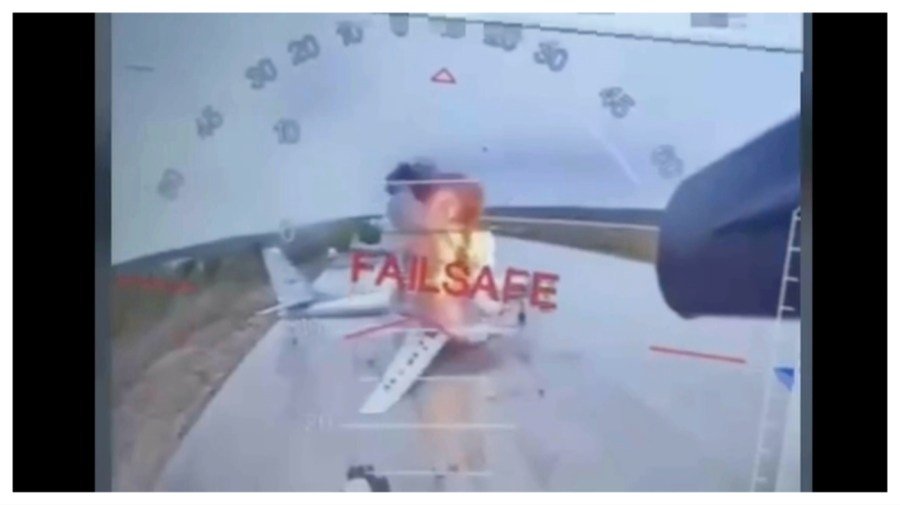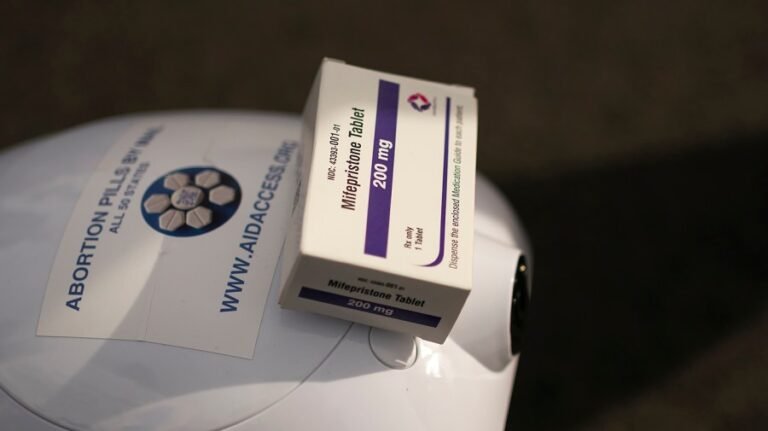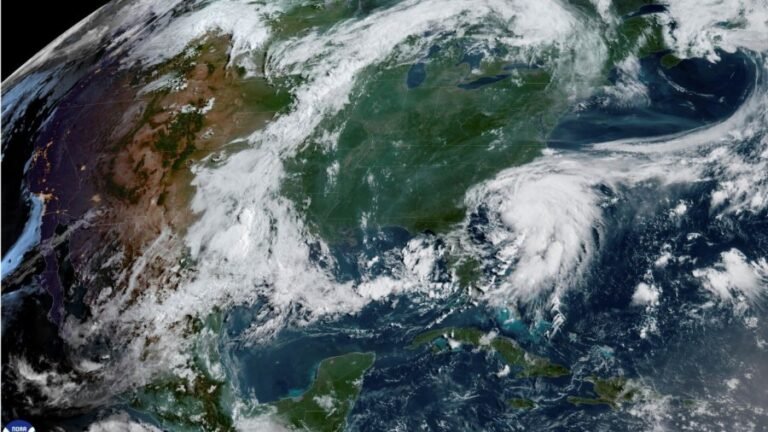
Ukraine this weekend struck one of its most devastating blows in its grinding war against Russia’s invading army, using smuggled drones to target bombers on air bases deep inside Russian territory.
Ukrainian President Volodymyr Zelensky quickly took credit for what he called “Operation Spider Web,” a contrast with many of Ukraine’s attacks inside Russia. He said 117 drones were used in the attack Sunday, each with its own operator back in Ukraine.
Zelensky said the drone attacks took out nearly a third of Moscow’s fleet of bomber aircraft, which has rained terror on his country for more than three years. Ukraine’s security services said 41 Russian aircraft were destroyed or damaged.
Russian military bloggers put the figure lower, with the prominent Rybar account saying 13 Russian aircraft were damaged.
Here’s what to know about the stunning attacks:
How Ukraine pulled it off
Ukraine said “Operation Spider Web” was started 18 months ago, in what military experts called a remarkable feat of logistics, espionage and military cunning.
The bomb-laden drones were hidden in what Reuters reported were the roofs of wooden sheds. These sheds were loaded onto 18-wheelers and parked near military bases as deep into Russia as Siberia. The roof panels were then remotely lifted up, so the drones could fly out and stealthily begin their attack.
The operation likely required recruiting Russians to assist throughout the smuggling network, without alerting Moscow’s sprawling spy services.
It underlines how Ukraine has transformed modern warfare with its use of drones on the battlefield; one aspect of the war that does not rely on U.S. support.
Videos ricocheted across the internet after the attacks, showing explosions at air bases across Russia. Russia’s defense minister said airfields were attacked in the Murmansk, Irkutsk, Ivanovo, Ryazan and Amur regions of the country.
The New York Times said it verified a video showing two drones take off from containers on the back of a semi-truck within four miles from a Russian military base, with smoke plumes visible in the distance.
Other images showed what appeared to be Tu-95 strategic bombers on fire.
The operation did not stop Russian and Ukrainian envoys from meeting for another round of talks on Monday, in which they were set to exchange broad plans to end the war. Zelensky said documents were swapped after the talks finished, and suggested a new prisoner swap is in the works.
Russia’s response, latest attacks
If the scale of Ukraine’s attack is confirmed, “Operation Spider Web” could be Ukraine’s most damaging drone attack of the war. Ukraine’s security service estimated the strikes dealt Russia $7 billion in damage.
While experts say the operation could significantly degrade Russia’s capacity to wage aerial assault on Ukraine, it is unlikely to shift Russian President Vladimir Putin’s strategy or resolve.
Those involved in the attacks were withdrawn from Russia before they were carried out, Zelensky said.
However, Russia’s defense ministry said it had detained an undisclosed number of “participants in the terrorist attacks,” the Financial Times reported, citing state media.
Ukraine’s air force said Russia launched 472 drones over Ukraine overnight on Sunday, in one of its largest drone attacks in the war, with explosions reported in the cities of Kharkiv and Zaporizhzhia, and strikes on at least 18 locations.
Neither Putin nor the Kremlin have publicly addressed the attacks, and state media outlets made little mention of them as of Monday morning EST.
US reportedly in the dark
President Trump was not informed ahead of time of the drone attacks, a Trump administration official told The Hill’s sister network NewsNation on Sunday.
If Ukraine’s timeline is correct, the plan was in the works when Trump told Zelensky in February that he had “no cards” in negotiations to end the war.
Trump had not publicly remarked on the attacks as of 11 a.m. Monday.
Trump has ramped up criticism of Putin in recent days. The president last week wrote on social media that Putin had gone “absolutely CRAZY” and warned he was “playing with fire” with continued strikes on Ukrainian cities.
Ukraine, unlike Russia, has agreed to a U.S. proposal for an unconditional 30-day ceasefire. Kyiv has also signed a framework deal for the U.S. to recoup any future spending on Ukraine’s military with proceeds from natural resource extraction after the war.
Trump has at times blamed Putin, Zelensky and President Biden for the war, and has warned the U.S. will walk away from peace talks if there’s no progress toward a deal.






